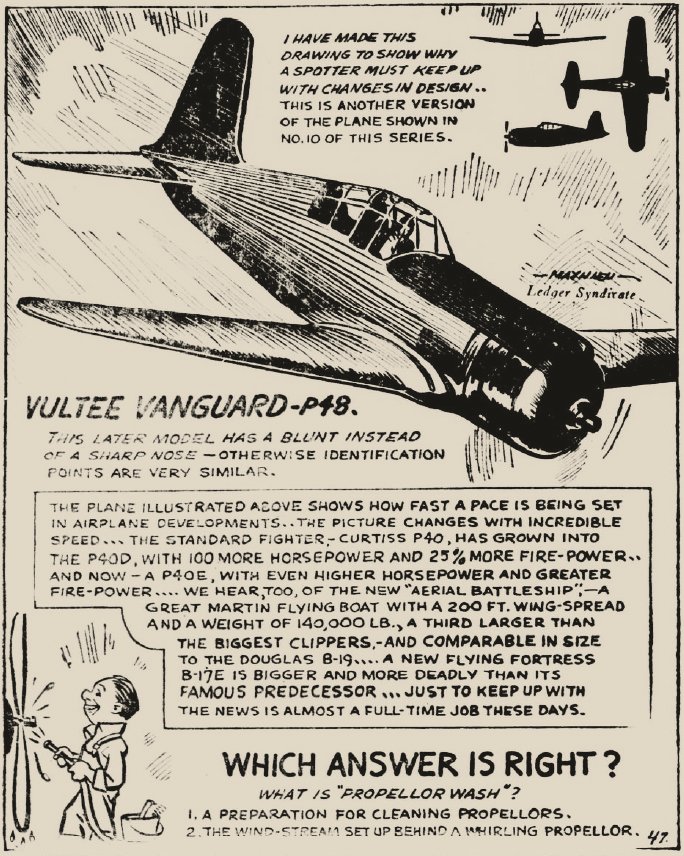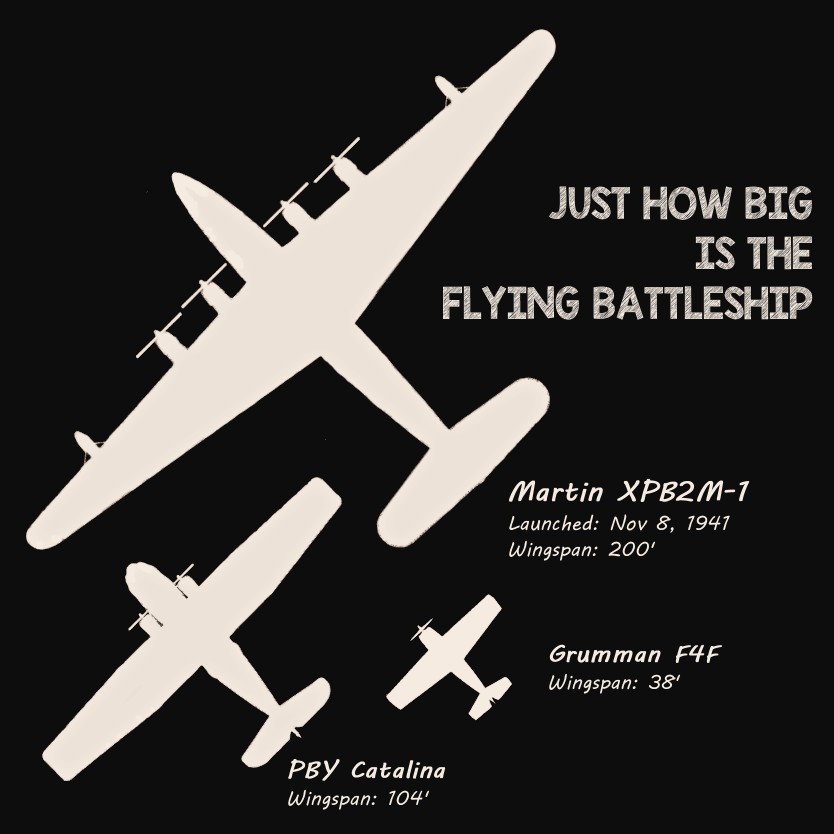What did World War II fighter pilots fly during training?

Click here for another post on the Vultee Vanguard.
What did fighter pilots fly during training?
An Army Air Corps cadet (Army Air Force after June 1941) would begin primary training flying a Boeing PT-13 Stearman, Fairchild PT-19 Cornell, or a Ryan PT-22 Recruit at one of dozens of civilian-operated schools spread across the country. After 60 hours of instruction the cadet moved on to basic school — now trained by military instructors — where they flew more powerful aircraft like the North American BT-9 or Vultee BT-13 Valiant. Cadets spent about 70 hours learning the fundamentals of advanced techniques such as instrument, formation, and night flight.
Those who weren’t washed out — or killed — reached advanced training where prospective fighter pilots were sent to single-engine trainers while those destined to drive cargo planes or bombers got multi-engine trainers. Fighter pilots racked up another 70 hours learning aerial gunnery and aerobatics in the North American AT-6 Texan. We can discuss multi-engine training in another post, but did you notice that primary trainers are designated PT, basic BT, and advanced AT?
There’s a decent chance that an airport near you was built during the early days of World War II for training pilots. I know of almost a dozen about an hour’s drive from my house here in the Midwest. It is truly amazing that Army Air Corps training program expanded from graduating less than 200 pilots in all of 1937 to a total of more than 250,000 Army Air Force pilots by war’s end.
Martin’s ‘Flying Battleship’
The Glen L. Martin Co. launched their monstrous ‘flying battleship last week, which on Nov. 14, 1941, sits in Dark Head Creek near Baltimore, Md.
Sporting a wingspan greater than a modern-day Boeing 747-300 jet, the Mars won’t be ready for flight until next year. It takes four 18- cylinder Wright R-3350 Duplex-Cyclone radial engines (pushing 2,500 horsepower apiece) powering four-bladed, 15-foot propellers to get this beast airborne. But once she clears the waves, the Mars can cruise at 190 knots and has a 4,900-mile range.
But big airplanes mean big problems. More on that in forthcoming posts. More on the Martin Mars here.
